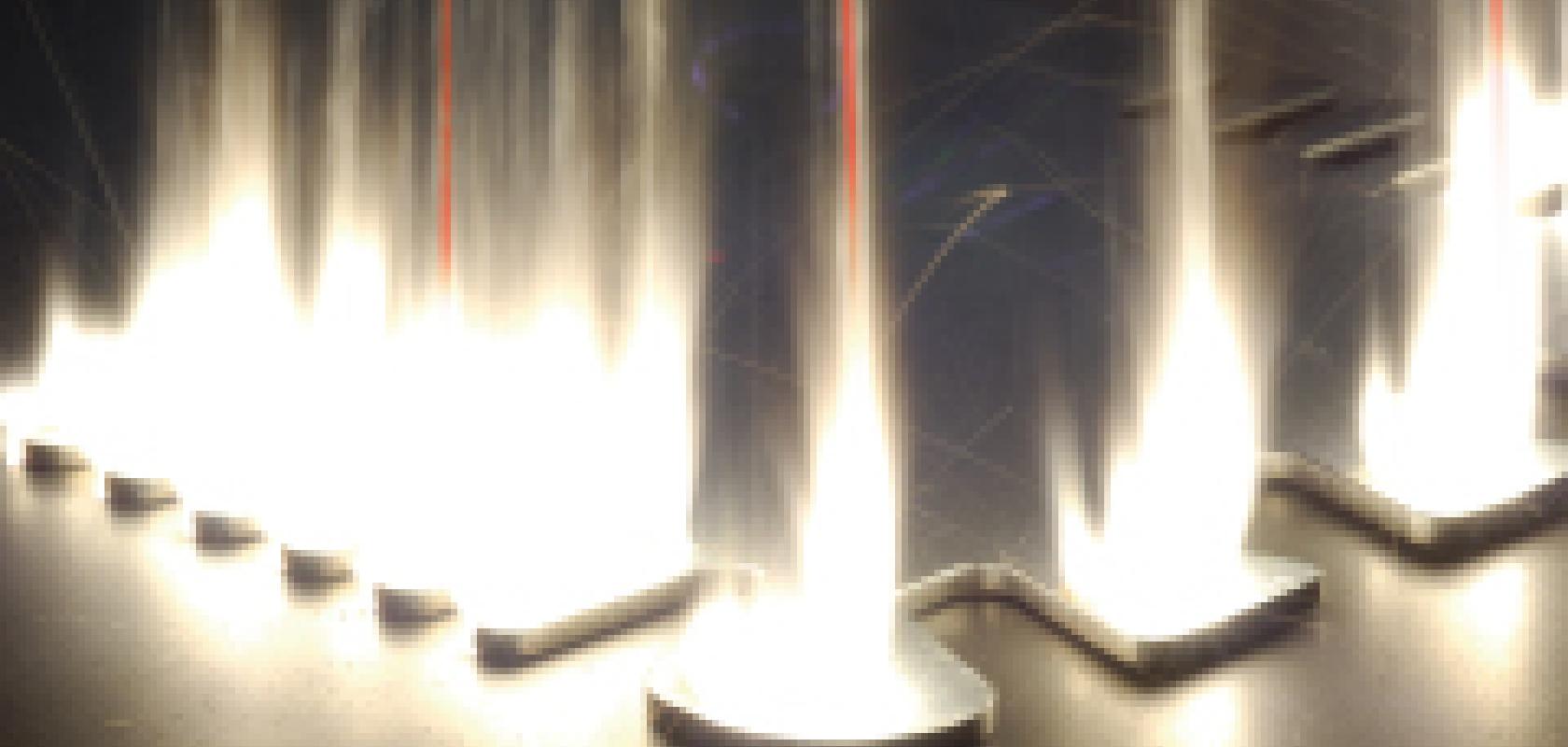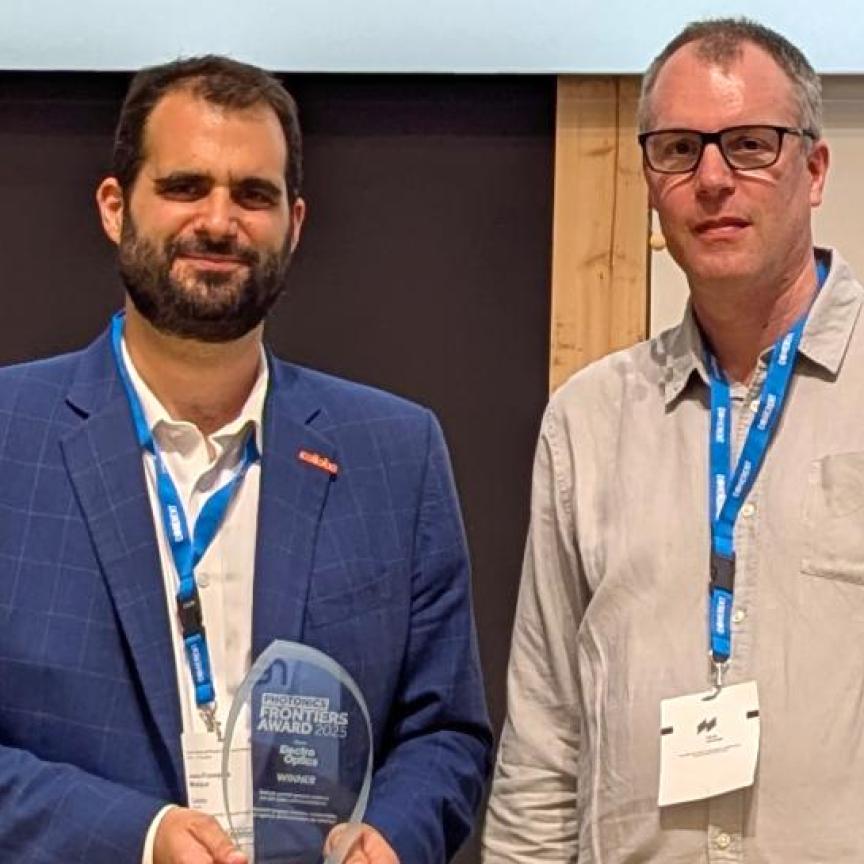Continued innovation and adoption of new laser technologies is vital to the continuing success of the European laser materials processing industry, according to a consortium of 21 partners from the European photonics sector that have recently received €16m for a project to promote fibre lasers for materials processing.
According to recent estimates by the coordinators of the LIFT project (Leadership in Fibre Laser Technology), fibre lasers account for approximately 10 per cent of the €2bn global market for industrial lasers. This market share, however, is expected to reach 30 per cent by the end of 2013. The organisers see European industry as being at the leading edge of industrial laser processing, and the LIFT project has been established to ensure that this leadership is maintained if and when a greater shift to fibre-driven applications occurs.
Dr Udo Koltzbach, of the Fraunhofer IWS institute for laser technology in Dresden, Germany, is the coordinator of the LIFT project. Koltzbach told electrooptics.com that the project’s €16m funding will be used primarily to fund R&D work and demonstrations of novel applications. Industrial partners will develop new fibres and optical components, as well as new beam delivery components for remote scanning and welding applications.
The project has received the funding from the European Union’s NMP Directorate -- a body which deals with nanosciences, nanotechnologies, materials and new production technologies -- as part of the 7th Framework Programme (FP7) of the European Commission. Koltzbach explained that the project had been funded because fibre lasers represent an ‘interesting laser source for the future, because of their high brilliance and because of their efficiency. Normally, the efficiency of lasers is between 5 and 10 per cent, for classical laser sources, but fibre lasers can achieve efficiency greater than 30 per cent.’
Koltzbach hopes that the R&D funded by the LIFT project will succeed in increasing the high-power performance of fibre lasers. Currently, he said, photodarkening in particular limits the performance of fibre lasers by reducing their efficiency over time. ‘Both NKT and Stefano Taccheo’s group at the University of Swansea [both of which are part of the project] have a lot of scientific experience of photodarkening, but now we must move from the scientific experience to industrial sources that work for twenty-four hours a day,’ he said.
Fibre lasers are able to emit several kilowatts of laser light from a fibre with a diameter of approximately 100µm, and so the technology offers higher brightness than many of its alternatives. Koltzbach stated that this high brightness makes the technology suitable for emerging applications such as remote welding and cutting, in which the laser is held at a distance of 2m or more from the workpiece with a correspondingly large field of work.
With some American fibre laser specialists having already made significant headway into materials processing markets, competition in the industry is strong. ‘We [the LIFT consortium] have Rofin in our group, we have SPI in our group, and we also have a good indirect relationship to Trumpf,’ said Koltzbach. ‘I hope, therefore, that we find an interesting solution for fibre lasers and therefore for the whole industry… but it will be very difficult to beat IPG.’ None the less, Dr Koltzbach pointed out that creating a European competitor to fibre laser giant IPG is not the aim of the project. IPG has its own German research arm.
A general assembly of the project will take place September 2010 in Dresden, alongside the sixth annual fibre laser workshop at the Fraunhofer IWS. The project is led by the Fraunhofer IWS and Fraunhofer IOF, and by the European Photonics Industry Consortium (EPIC).


